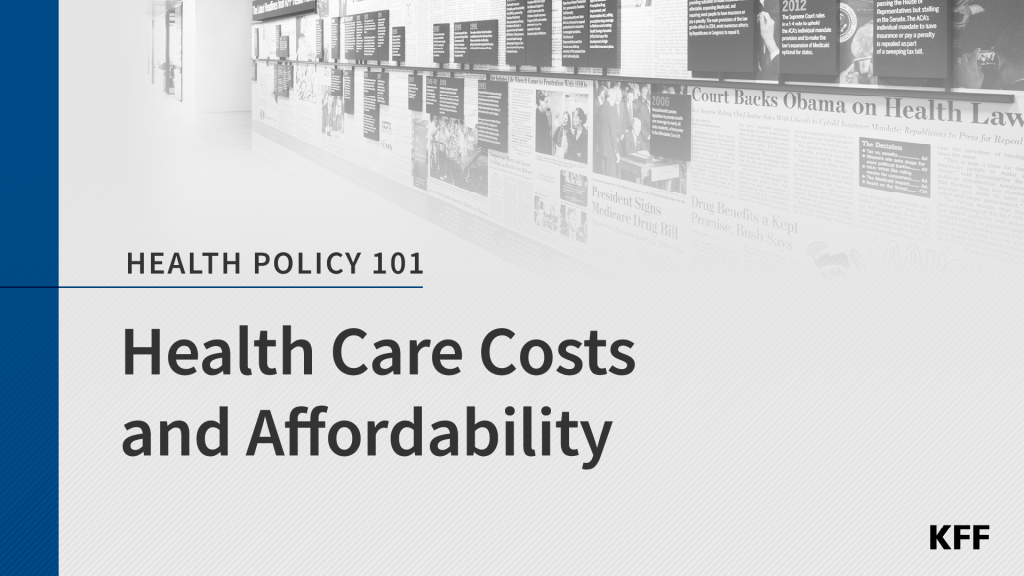How Much Is Enough? Out-of-Pocket Spending Among Medicare Beneficiaries: A Chartbook
This new analysis and chartbook examines out-of-pocket spending among Medicare beneficiaries, including spending on health and long-term care services and insurance premiums, using the most current year of data available from a nationally representative survey of people on Medicare. It explores which types of services account for a relatively large share of out-of-pocket spending, which groups of beneficiaries (including by age, gender, health status, and chronic conditions) are especially hard hit by high out-of-pocket costs, and trends in out-of-pocket spending between 2000 and 2010.
